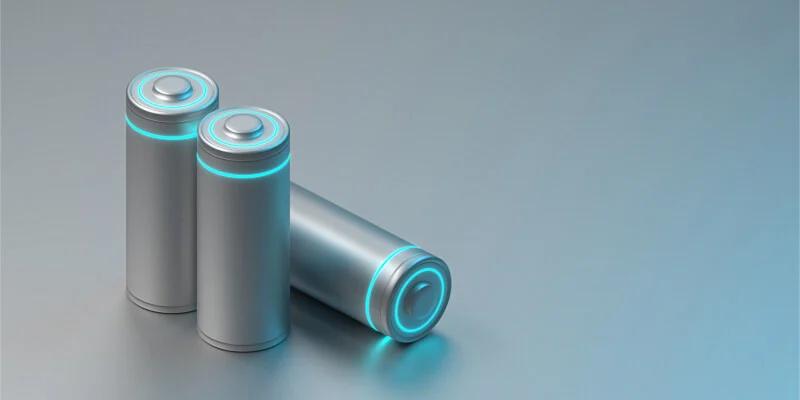
Lithium Ion Battery Manufacturing Plant Report 2023, Business Plan, Manufacturing Process, Plant Setup, Industry Trends
Lithium Ion Battery Manufacturing Plant Project Report 2023:
IMARC Group’s report titled “Lithium Ion Battery Manufacturing Plant Project Report 2023: Industry Trends, Plant Setup, Machinery, Raw Materials, Investment Opportunities, Cost and Revenue” provides a comprehensive guide for establishing a lithium ion battery manufacturing plant. The report covers various aspects, ranging from a broad market overview to intricate details like unit operations, raw material and utility requirements, infrastructure necessities, machinery requirements, manpower needs, packaging and transportation requirements, and more. In addition to the operational aspects, the report also provides in-depth insights into project economics, encompassing vital aspects such as capital investments, project funding, operating expenses, income and expenditure projections, fixed and variable costs, direct and indirect expenses, expected ROI, net present value (NPV), profit and loss account, and thorough financial analysis, among other crucial metrics. With this comprehensive roadmap, entrepreneurs and stakeholders can make informed decisions and navigate the path toward a successful lithium-ion battery manufacturing venture.
Get Sample Copy of Report at – https://www.imarcgroup.com/lithium-ion-battery-manufacturing-plant-project-report/requestsample
A Lithium Ion Battery, often referred to as Li-ion battery, is a sophisticated electrochemical energy storage device designed to power a wide array of electronic gadgets, electric vehicles (EVs), and renewable energy systems. This cutting-edge technology relies on the movement of lithium ions between two electrodes, typically composed of lithium cobalt oxide and graphite, during the charging and discharging cycles. Additionally, it has revolutionized the portable electronics industry, offering high energy density, longer lifespan, and lighter weight compared to traditional battery technologies. Their versatility has made them a cornerstone of the modern world, powering everything from smartphones to electric cars, and their influence extends into the renewable energy sector where they store electricity generated by solar panels and wind turbines.
Explore the Full Report with Charts, Table of Contents, and List of Figures: https://www.imarcgroup.com/lithium-ion-battery-manufacturing-plant-project-report
The rapid electrification of the automotive industry majorly drives the global market. As countries worldwide shift toward sustainable transportation solutions, electric vehicles (EVs) have gained traction. Lithium Ion Batteries, with their ability to store and deliver energy efficiently, have become the power source of choice for EV manufacturers, fostering a surge in production and investments in battery manufacturing plants. Along with this, the global push toward renewable energy sources is bolstering the demand for lithium ion batteries for energy storage. These batteries are crucial to the stability and dependability of renewable energy systems because they enable the storage of extra energy produced during times of high production, minimising the requirement for conventional fossil fuels. Furthermore, advancements in battery technology, including improved energy density and faster charging capabilities, are driving innovation and expanding the applications of lithium ion batteries.
Market Segmentation:
Report Coverage: The project report includes the following information:
Market Analysis:
• Market Trends
• Market Breakup by Segment
• Market Breakup by Region
• Price Analysis
• Impact of COVID-19
• Market Forecast
Detailed Process Flow:
• Product Overview
• Unit Operations Involved
• Mass Balance and Raw Material Requirements
• Quality Assurance Criteria
• Technical Tests
Project Details, Requirements, and Costs Involved:
• Land, Location, and Site Development
• Plant Layout
• Machinery Requirements and Costs
• Raw Material Requirements and Costs
• Packaging Requirements and Costs
• Transportation Requirements and Costs
• Utility Requirements and Costs
• Human Resource Requirements and Costs
Project Economics:
• Capital Investments
• Operating Costs
• Expenditure Projections
• Revenue Projections
• Taxation and Depreciation
• Profit Projections
• Financial Analysis